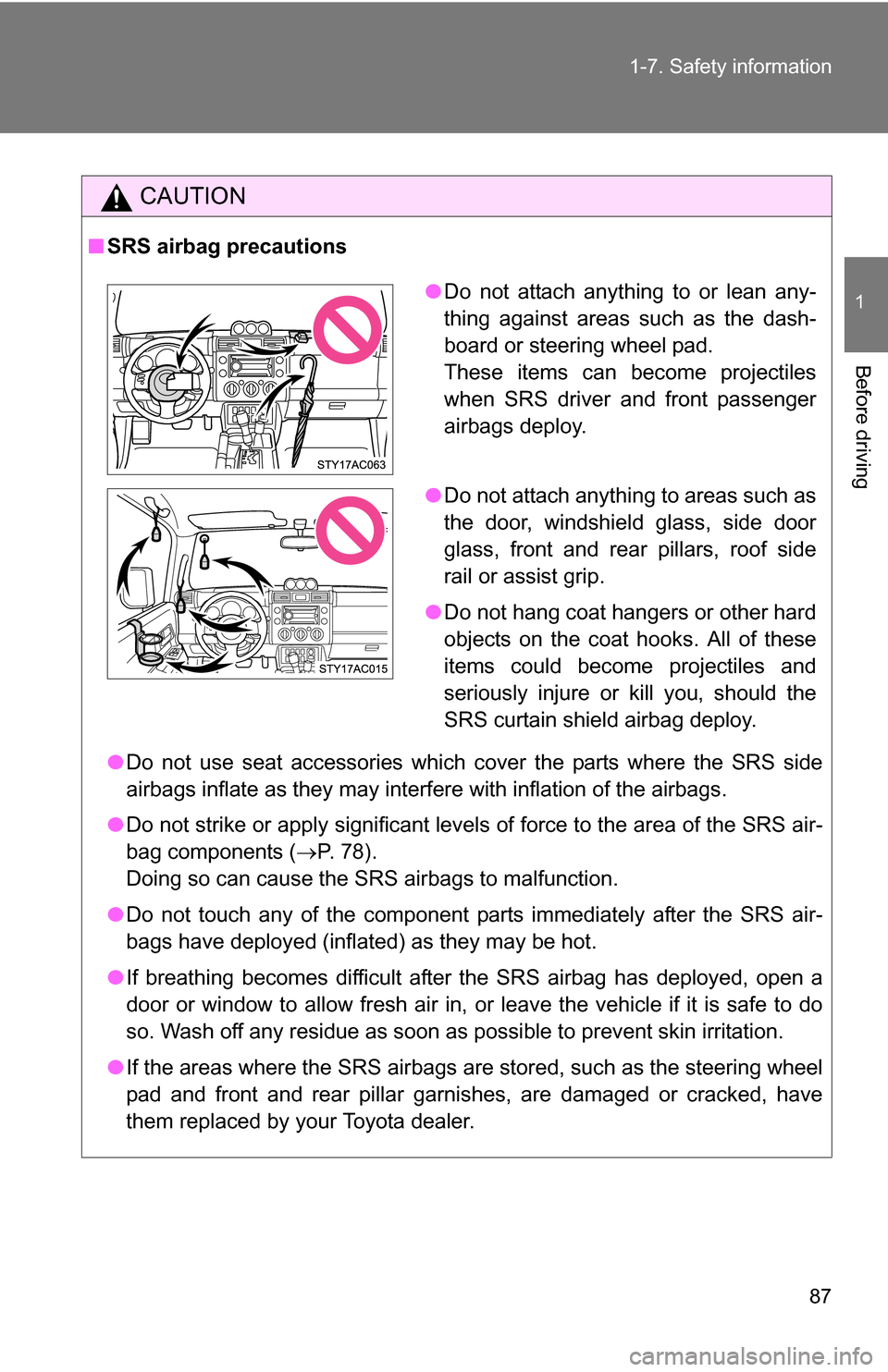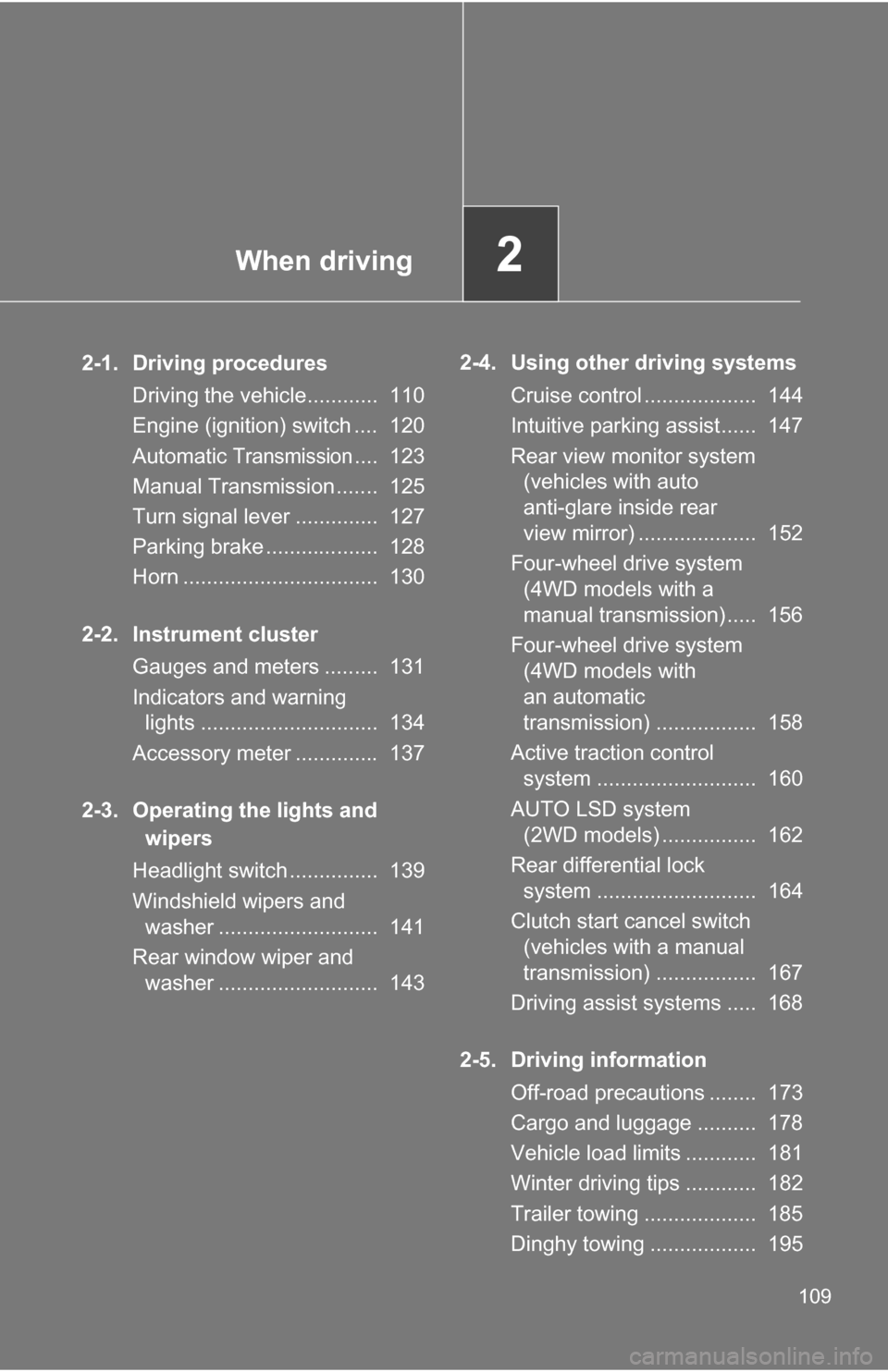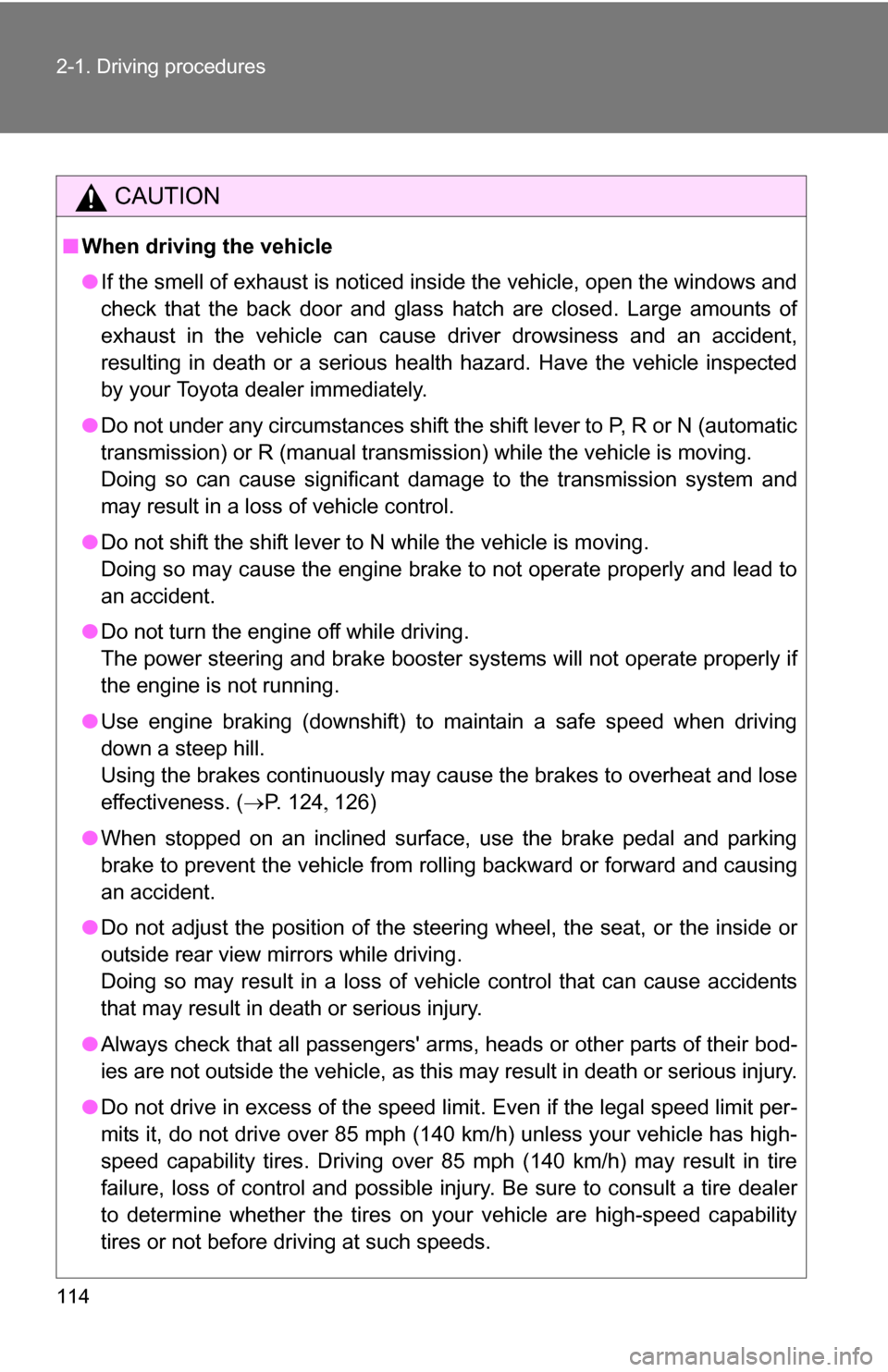Page 41 of 432
41
1
1-2. Opening, closing and locking the doors
Before driving
Glass hatch
■Opening the glass hatch
●The glass hatch opens slightly, after the back door is locked.
● When the rear window wiper is working, the wiper returns to the original
position and stops working.
The wiper restarts its working about 3 seconds after the glass hatch is
closed.
■ Closing the glass hatch
●Make sure that the glass hatch is securely closed after closing it.
If the glass hatch is not securely closed, the rear window wiper and
washer will not work.
● Be careful not to lock your keys in the vehicle.
The glass hatch can be opened using the key.
Turn the key clockwise and
hold it for about 1 second.
Raise
Page 66 of 432
66
1-4. Opening and closing the windows
Power windows
Lock switchPress the switch down to lock
passenger window switches.
Use this switch to prevent chil-
dren from accidentally opening or
closing a passenger window.
The power windows can be opened/closed using the following
switches.
Driver’s power window switchesClosing
Opening
One-touch opening (driver’s
window only)
*
*:Pressing the switch in theopposite direction will stop win-
dow travel partway.
Front passenger’s power window switch
Closing
Opening
Page 67 of 432
67
1-4. Opening and closing the windows
1
Before driving
■
The power windows can be operated when
The engine switch is in the ON position.
■ Operating the power windows after turning the engine switch off
The power windows can be operated for approximately 45 seconds even
after the engine switch is turned off. They cannot, however, be operated
once either front door is opened.
CAUTION
■ Closing the windows
Observe the following precautions.
Failing to do so may result in death or serious injury.
●Check to make sure that all passengers do not have any part of their body
in a position where it could be caught when a window is being operated.
● Do not allow children to operate the power windows.
Closing a power window on someone can cause serious injury, and in
some instances, even death.
Page 87 of 432

87
1-7. Safety information
1
Before driving
CAUTION
■
SRS airbag precautions
●Do not use seat accessories which cover the parts where the SRS side
airbags inflate as they may interf ere with inflation of the airbags.
● Do not strike or apply significant levels of force to the area of the SRS air-
bag components ( P. 78).
Doing so can cause the SRS airbags to malfunction.
● Do not touch any of the component parts immediately after the SRS air-
bags have deployed (inflated) as they may be hot.
● If breathing becomes difficult after the SRS airbag has deployed, open a
door or window to allow fresh air in, or leave the vehicle if it is safe to do
so. Wash off any residue as soon as possible to prevent skin irritation.
● If the areas where the SRS airbags are stored, such as the steering wheel
pad and front and rear pillar garnishes, are damaged or cracked, have
them replaced by your Toyota dealer.
●Do not attach anything to or lean any-
thing against areas such as the dash-
board or steering wheel pad.
These items can become projectiles
when SRS driver and front passenger
airbags deploy.
● Do not attach anything to areas such as
the door, windshield glass, side door
glass, front and rear pillars, roof side
rail or assist grip.
● Do not hang coat hangers or other hard
objects on the coat hooks. All of these
items could become projectiles and
seriously injure or kill you, should the
SRS curtain shield airbag deploy.
Page 109 of 432

When driving2
109
2-1. Driving proceduresDriving the vehicle............ 110
Engine (ignition) switch .... 120
Automatic
Transmission.... 123
Manual Transmission ....... 125
Turn signal lever .............. 127
Parking brake ................... 128
Horn ................................. 130
2-2. Instrument cluster Gauges and meters ......... 131
Indicators and warning lights .............................. 134
Accessory meter .............. 137
2-3. Operating the lights and wipers
Headlight switch ............... 139
Windshield wipers and washer ........................... 141
Rear window wiper and washer ........................... 143 2-4. Using other driving systems
Cruise control ................... 144
Intuitive parking assist...... 147
Rear view monitor system (vehicles with auto
anti-glare inside rear
view mirror) .................... 152
Four-wheel drive system (4WD models with a
manual transmission) ..... 156
Four-wheel drive system (4WD models with
an automatic
transmission) ................. 158
Active traction control system ........................... 160
AUTO LSD system (2WD models) ................ 162
Rear differential lock system ........................... 164
Clutch start cancel switch (vehicles with a manual
transmission) ................. 167
Driving assist systems ..... 168
2-5. Driving information Off-road precautions ........ 173
Cargo and luggage .......... 178
Vehicle load limits ............ 181
Winter driving tips ............ 182
Trailer towing ................... 185
Dinghy towing .................. 195
Page 112 of 432

112 2-1. Driving procedures
Lightly depress the accelerator pedal at the same time as
gradually releasing the clutch pedal.
Release the parking brake.
■Driving in the rain
●Drive carefully when it is raining, because visibility will be reduced, the
windows may become fogged-up, and the road will be slippery.
● Drive carefully when it starts to rain, because the road surface will be
especially slippery.
● Refrain from high speeds when driving on an expressway in the rain,
because there may be a layer of water between the tires and the road
surface, preventing the steering and brakes from operating properly.
■ Breaking in your new Toyota
To extend the life of the vehicle, the following precautions are recommended
to observe:
●For the first 200 miles (300 km):
Avoid sudden stops.
● For the first 500 miles (800 km):
Do not tow a trailer.
● For the first 1000 miles (1600 km):
• Do not drive at extremely high speeds.
• Avoid sudden acceleration.
• Do not drive continuously in the low gears.
• Do not drive at a constant speed for extended periods.
■ Drum-in disc type parking brake system
Your vehicle has a drum-in-disc type parking brake system. This type of
brake system needs bedding-down of the brake shoes periodically or when-
ever the parking brake shoes and/or drum are replaced. Have your Toyota
dealer perform the bedding down.
■ Operating your vehicle in a foreign country
Comply with the relevant vehicle registration laws and confirm the availability
of the correct fuel. ( P. 386)
Page 114 of 432

114 2-1. Driving procedures
CAUTION
■When driving the vehicle
●If the smell of exhaust is noticed inside the vehicle, open the windows and
check that the back door and glass hatch are closed. Large amounts of
exhaust in the vehicle can cause driver drowsiness and an accident,
resulting in death or a serious health hazard. Have the vehicle inspected
by your Toyota dealer immediately.
● Do not under any circumstances shift the shift lever to P, R or N (automatic
transmission) or R (manual transmission) while the vehicle is moving.
Doing so can cause significant damage to the transmission system and
may result in a loss of vehicle control.
● Do not shift the shift lever to N while the vehicle is moving.
Doing so may cause the engine brake to not operate properly and lead to
an accident.
● Do not turn the engine off while driving.
The power steering and brake booster systems will not operate properly if
the engine is not running.
● Use engine braking (downshift) to maintain a safe speed when driving
down a steep hill.
Using the brakes continuously may cause the brakes to overheat and lose
effectiveness. ( P. 124126)
● When stopped on an inclined surface, use the brake pedal and parking
brake to prevent the vehicle from rolling backward or forward and causing
an accident.
● Do not adjust the position of the steering wheel, the seat, or the inside or
outside rear view mirrors while driving.
Doing so may result in a loss of vehicle control that can cause accidents
that may result in death or serious injury.
● Always check that all passengers' arms, heads or other parts of their bod-
ies are not outside the vehicle, as this may result in death or serious injury.
● Do not drive in excess of the speed limit. Even if the legal speed limit per-
mits it, do not drive over 85 mph (140 km/h) unless your vehicle has high-
speed capability tires. Driving over 85 mph (140 km/h) may result in tire
failure, loss of control and possible injury. Be sure to consult a tire dealer
to determine whether the tires on your vehicle are high-speed capability
tires or not before driving at such speeds.
Page 143 of 432
143
2-3. Operating the lights and wipers
2
When driving
Rear window wiper and washer (if equipped)
■The rear window wiper and washer can be operated when
●The engine switch must be in the ON position.
● The glass hatch is closed.
NOTICE
■When the rear window is dry
Do not use the wipers, as they may damage the rear window.
■ When there is no washer fluid spray from the nozzle
Damage to the washer fluid pump may be caused if the knob is continuously
twisted upward or downward as far as it will go.
Intermittent window wiper
operation.
The wiper operates 3 times at
normal speed and then moves
to intermittent mode.
Normal window wiper oper-
ation
Washer/wiper dual opera-
tion
Washer/wiper dual opera-
tion
The rear window wiper oper-
ates while the washer squirts.